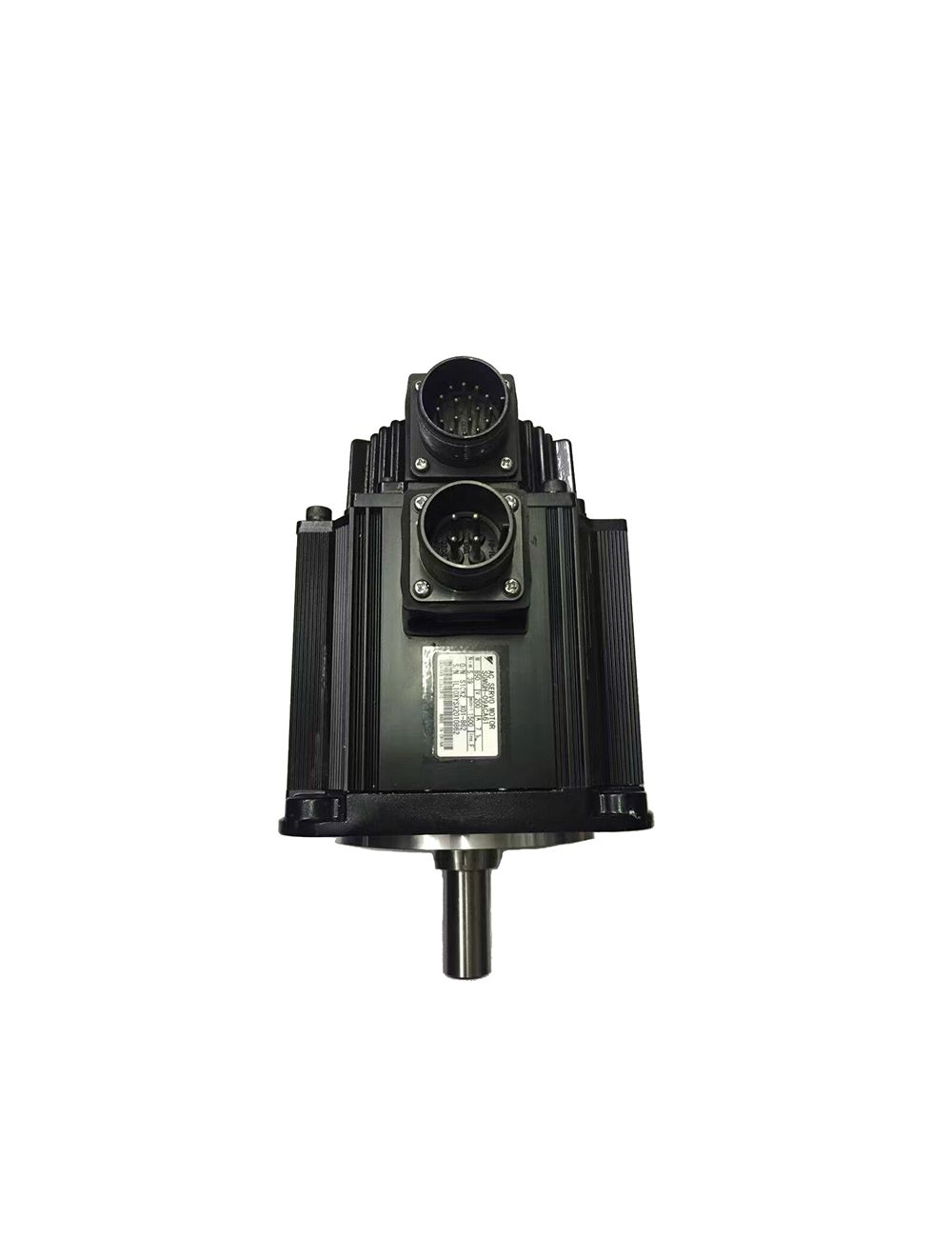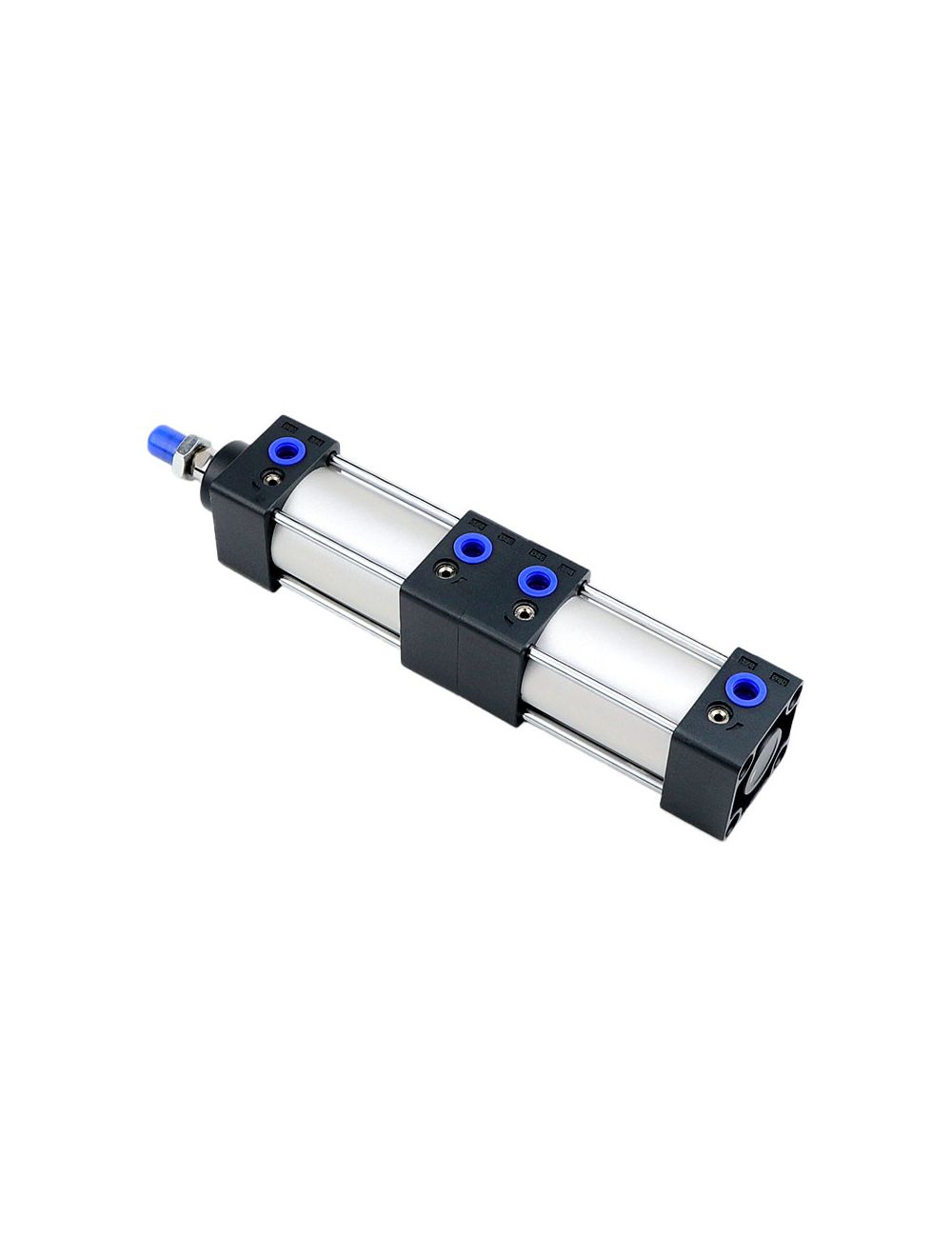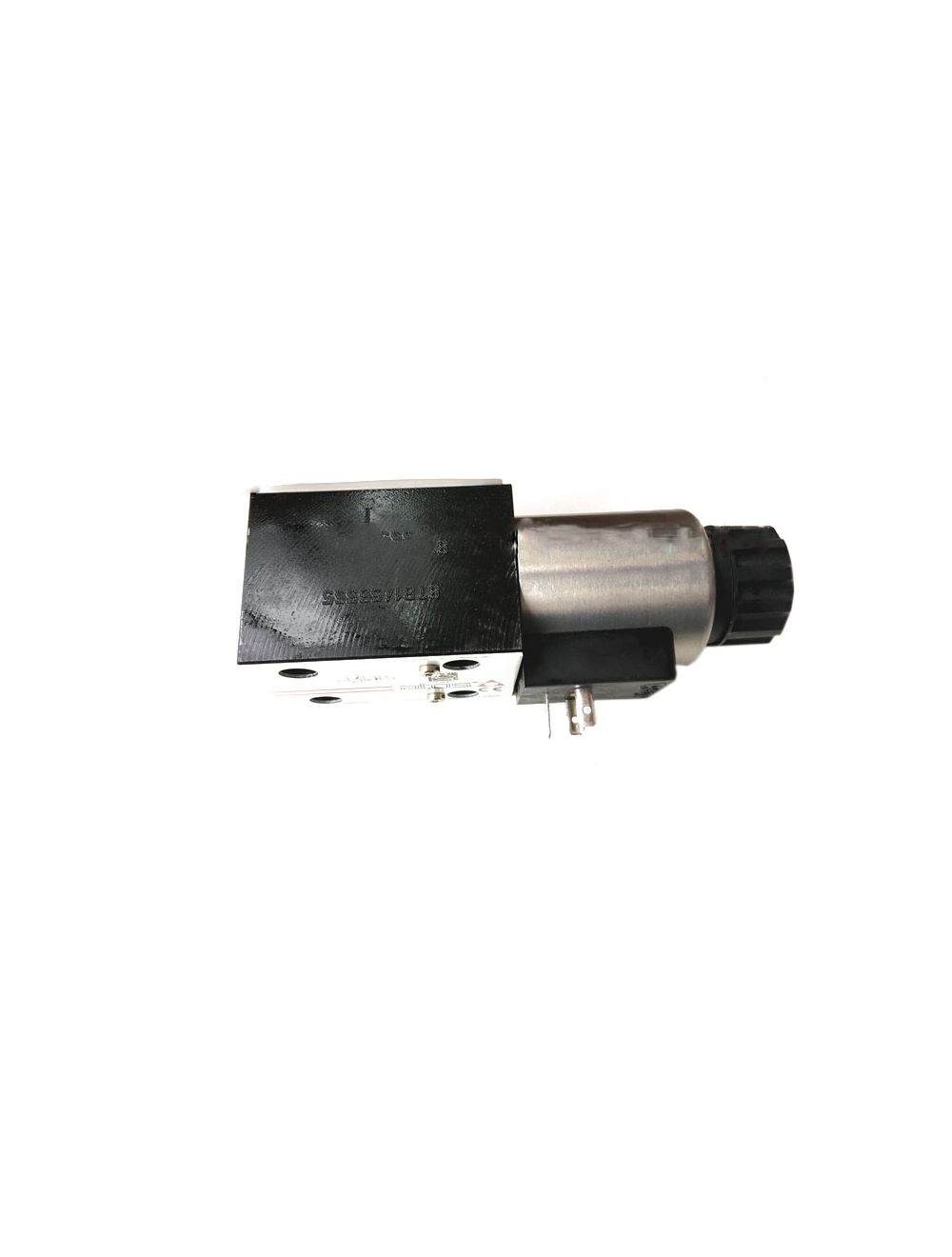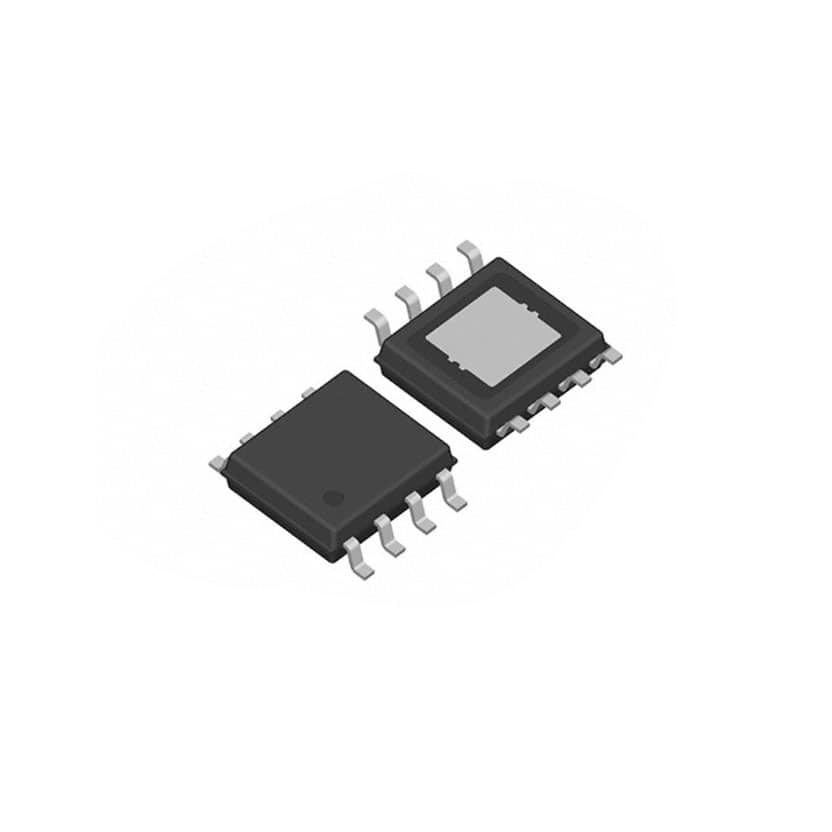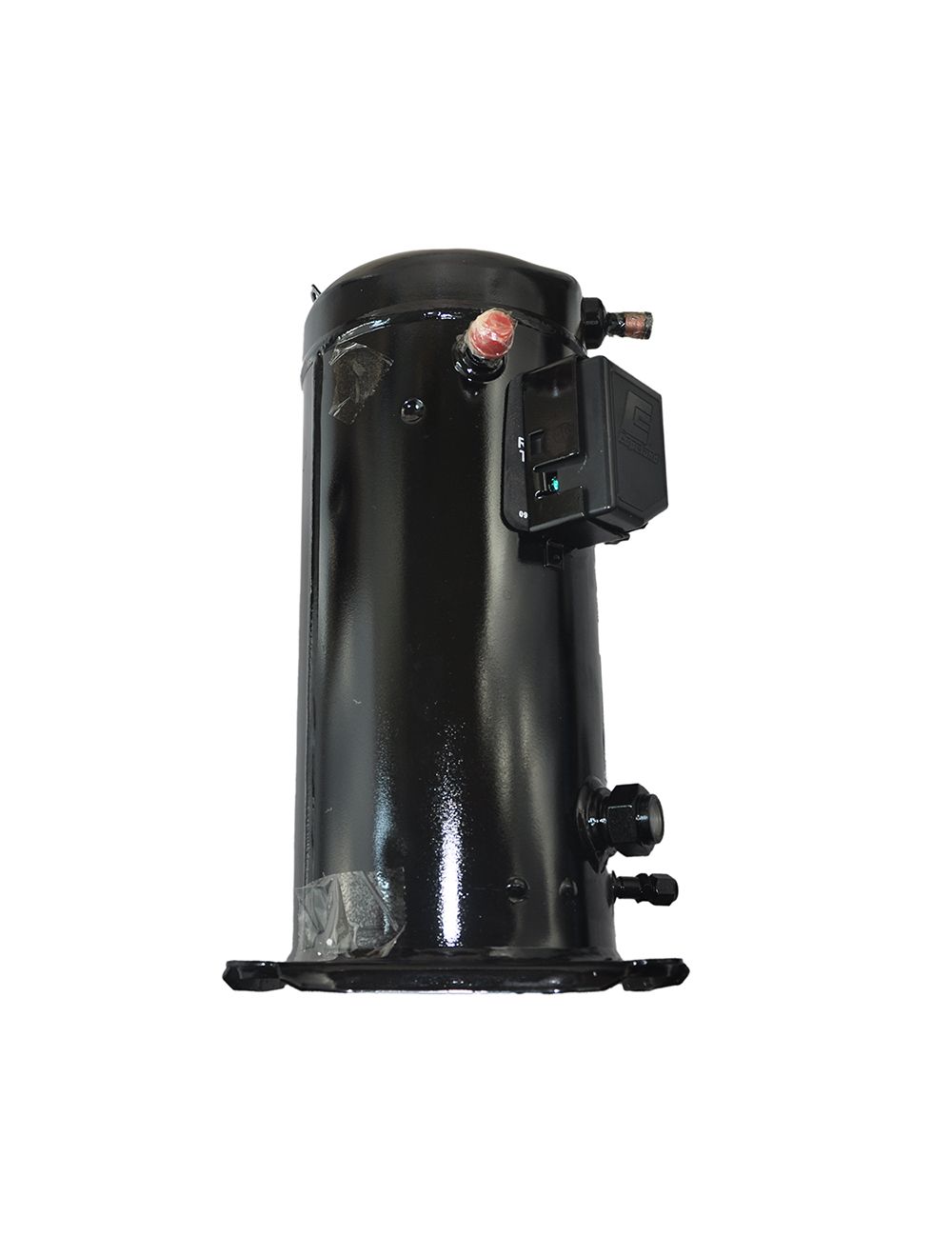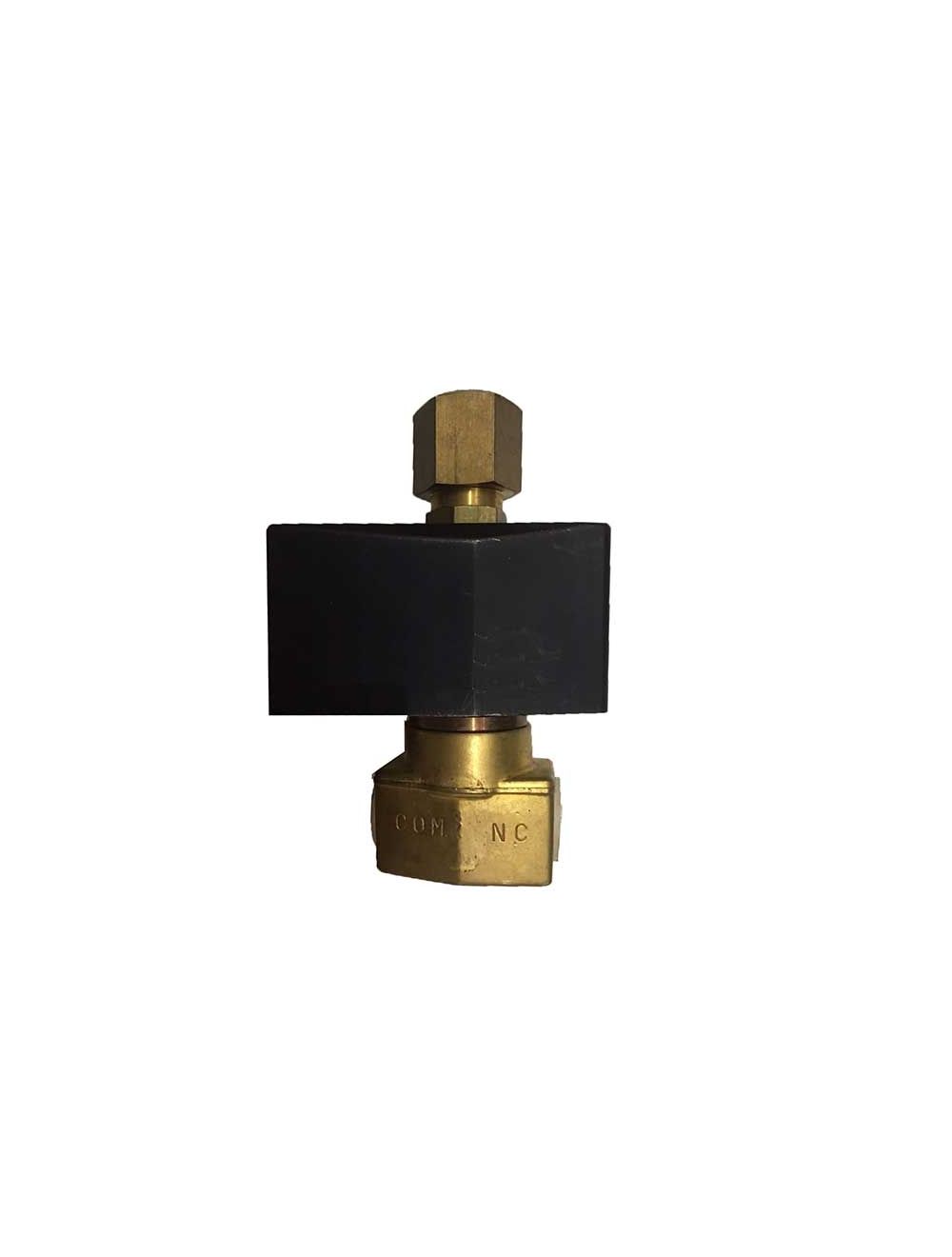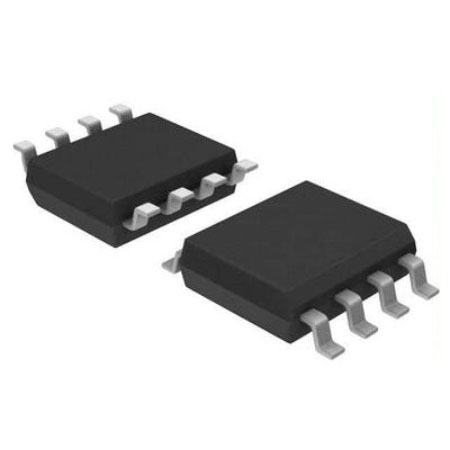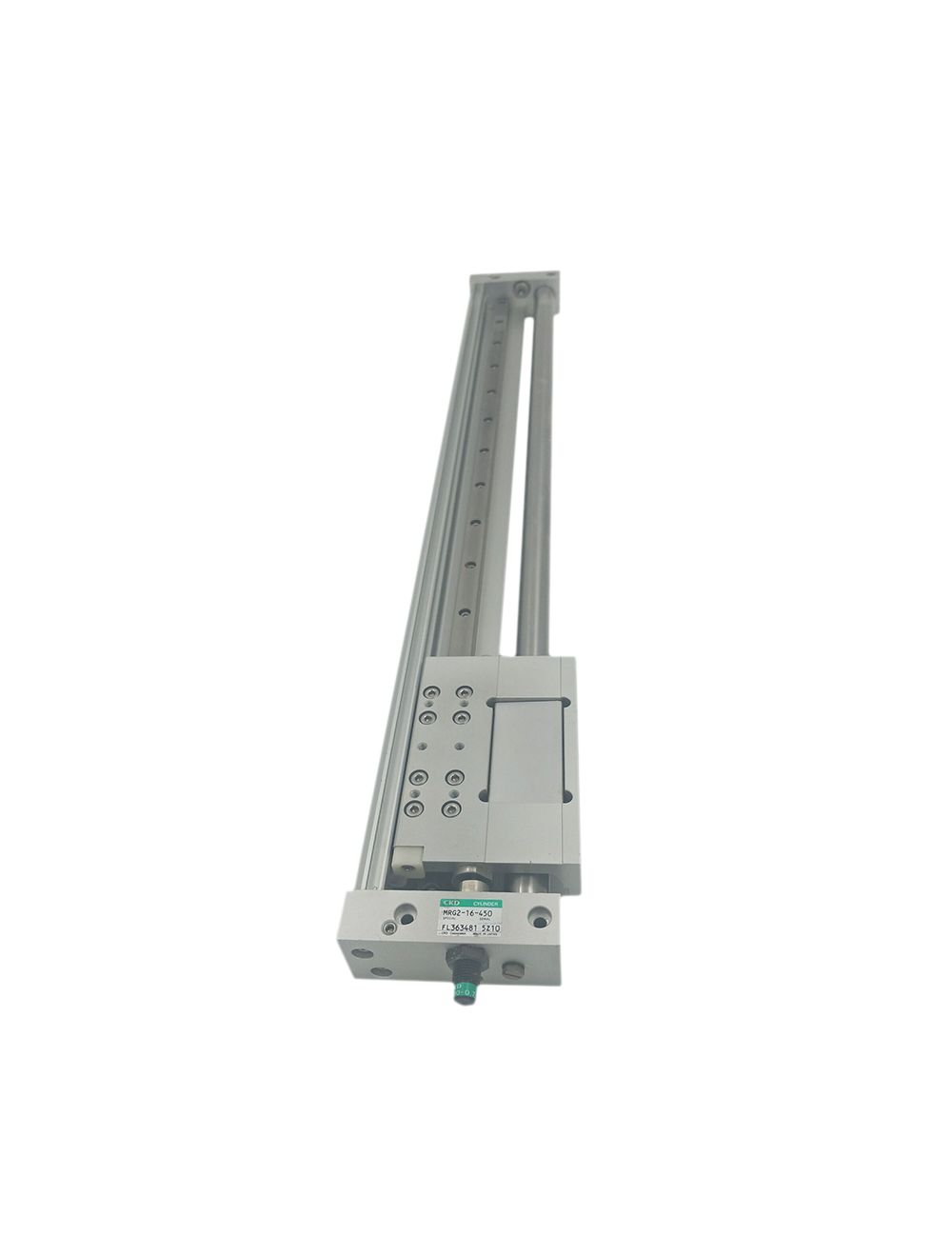What is HMI?

Figure 1: Human-Machine Interface (HMI).
(Go to Okmarts and pick the HMI you need)
1. Definition
A Human-Machine Interface (HMI) is a user interface or dashboard that connects a person to a machine, system, or device. While the term can technically be applied to any screen that allows a user to interact with a device, HMI is most commonly used in the context of an industrial process.
Although HMI is the most common term for this technology, it is sometimes referred to as Man-Machine Interface (MMI), Operator Interface Terminal (OIT), Local Operator Interface (LOI), or Operator Terminal (OT). HMI and Graphical User Interface (GUI) are similar but not synonymous: GUIs are often leveraged within HMIs for visualization capabilities.
2. Function
In industrial settings, HMIs can be used to:
1.Visually display data
2.Track production time, trends, and tags
3.Oversee KPIs
4.Monitor machine inputs and outputs
5.Others
Similar to how you would interact with your air-conditioning system to check and control the temperature in your house, a plant-floor operator might use an HMI to check and control the temperature of an industrial water tank, or to see if a certain pump in the facility is currently running.
-min.png)
Figure 2: A variety forms of HMI.
HMIs come in a variety of forms, from built-in screens on machines, to computer monitors, to tablets, but regardless of their format or which term you use to refer to them, their purpose is to provide insight into mechanical performance and progress.
3. Common Uses of HMI
HMIs communicate with Programmable Logic Controllers (PLCs) and input/output sensors to get and display information for users to view. HMI screens can be used for a single function, like monitoring and tracking, or for performing more sophisticated operations, like switching machines off or increasing production speed, depending on how they are implemented.
-min.png)
Figure 3: Programmable Logic Controllers (PLC).
HMIs are used to optimize an industrial process by digitizing and centralizing data for a viewer. By leveraging HMI, operators can see important information displayed in graphs, charts, or digital dashboards, view and manage alarms, and connect with SCADA and MES systems, all through one console.
Previously, operators would need to walk the floor constantly to review mechanical progress and record it on a piece of paper or a whiteboard. By allowing PLCs to communicate real-time information straight to an HMI display, HMI technology eliminates the need for this outdated practice and thereby reduces many costly problems caused by lack of information or human error.
4. Who Uses HMI

Figure 4: HMI in industrial organization.
HMI technology is used by almost all industrial organizations, as well as a wide range of other companies, to interact with their machines and optimize their industrial processes. Industries using HMI include: Energy; Oil and gas; Transportation; Food; Power; Water; Manufacturing and so on.
Related Info
What is A Solenoid Coil?Function and 7 Common Types of Solenoid Coil?
How To Replace A Solenoid Valve Coil?
6 Common Types of Power Supply
Recent related posts
06/12/2022
What is HMI?
A Human-Machine Interface (HMI) is a user interface or dashboard that connects a person to a machine, system, or device.
06/10/2022
How To Replace A Solenoid Valve Coil?
The solenoid valve coil generates a magnetic field. This moves a ferromagnetic plunger inside the valve which opens or closes the valve. When a coil (solenoid) is defective, it can be difficult to find a replacement for the original.
06/09/2022
Use of Safety Light Curtain
The electric sensitive protection equipment can play the role of protection tripping or induction, and its composition at least includes
06/09/2022
How to Test Solenoid Coil?
When selecting and using solenoid coils, we should think about the inspection and measurement of the coils, and then judge the quality and advantages and disadvantages of them.
06/07/2022
Function and 7 Common Types of Solenoid Coil?
The self induced electromotive force in the inductance coil always competes with the change of current.
06/07/2022
What is A Solenoid Coil?
The solenoid coil generally refers to the inductive coil, which is wound on the insulating tube by the wires. The wires are insulated from each other.
06/06/2022
How to Troubleshoot A PC Power Supply?
When a PC suddenly goes on the fritz for no apparent reason, checking the PC power supply first may save a lot of time troubleshooting the system.
06/02/2022
6 Common Types of Power Supply?
As we mentioned before, power supply can be divided into DC power supply and AC power supply. What are the specific types of power supply? Let me introduce them to you.
06/01/2022
How to Choose The Right PC Power Supply?
Power supplies are often overlooked, but they are a vital component in any desktop PC. We’re going to cover the basics, so you’ll know what to look for when selecting a new PSU.
05/31/2022
How Do I Test the Power Supply in My Computer?
Testing a power supply is an important step when troubleshooting many issues, most obviously when your computer is having trouble starting.
Customers frequently viewed
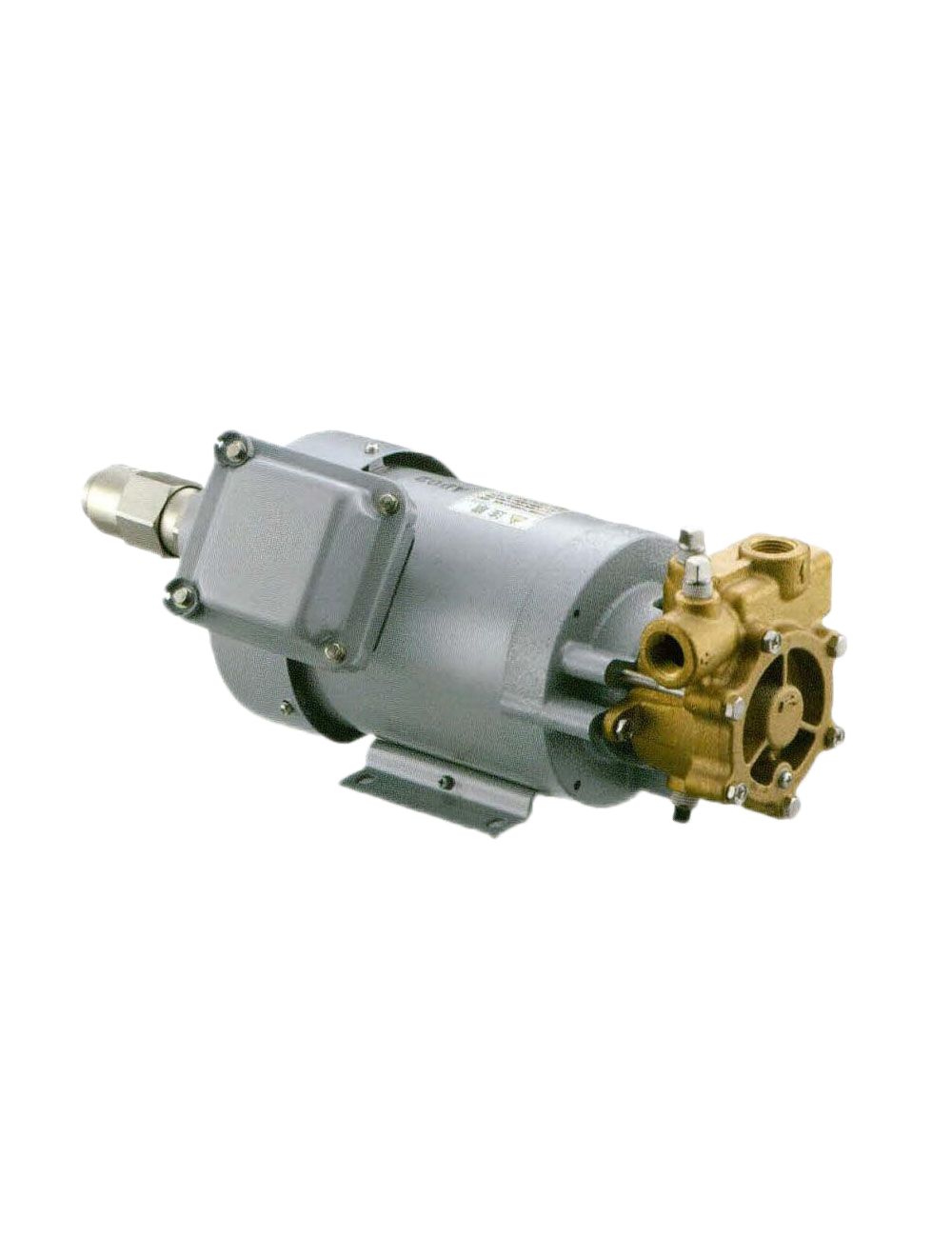
IWAYA DENKI Water Pump 25CJT0752

Panasonic Servo Motor MHMF022L1V2M
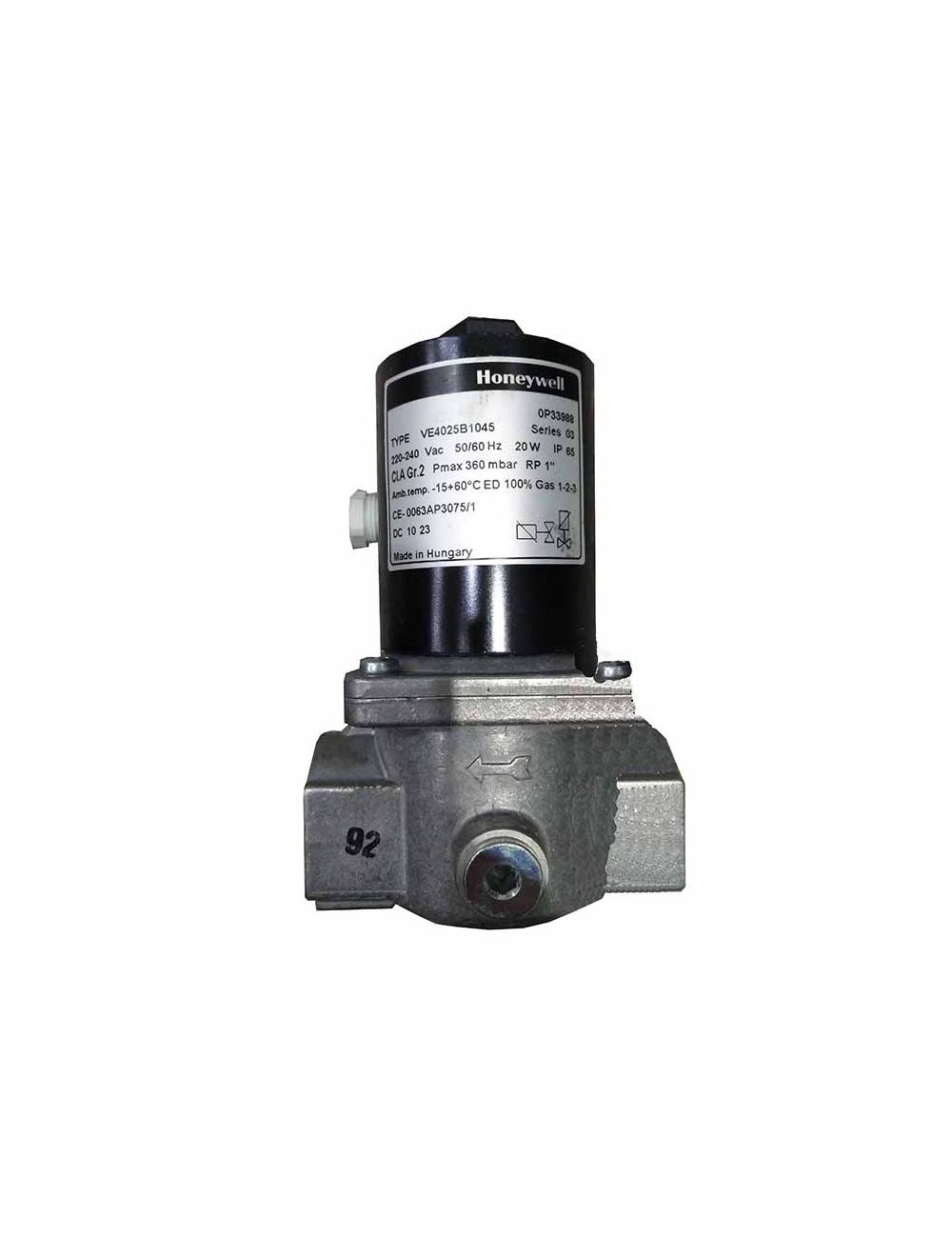
Honeywell Solenoid Valve VE4025B1045
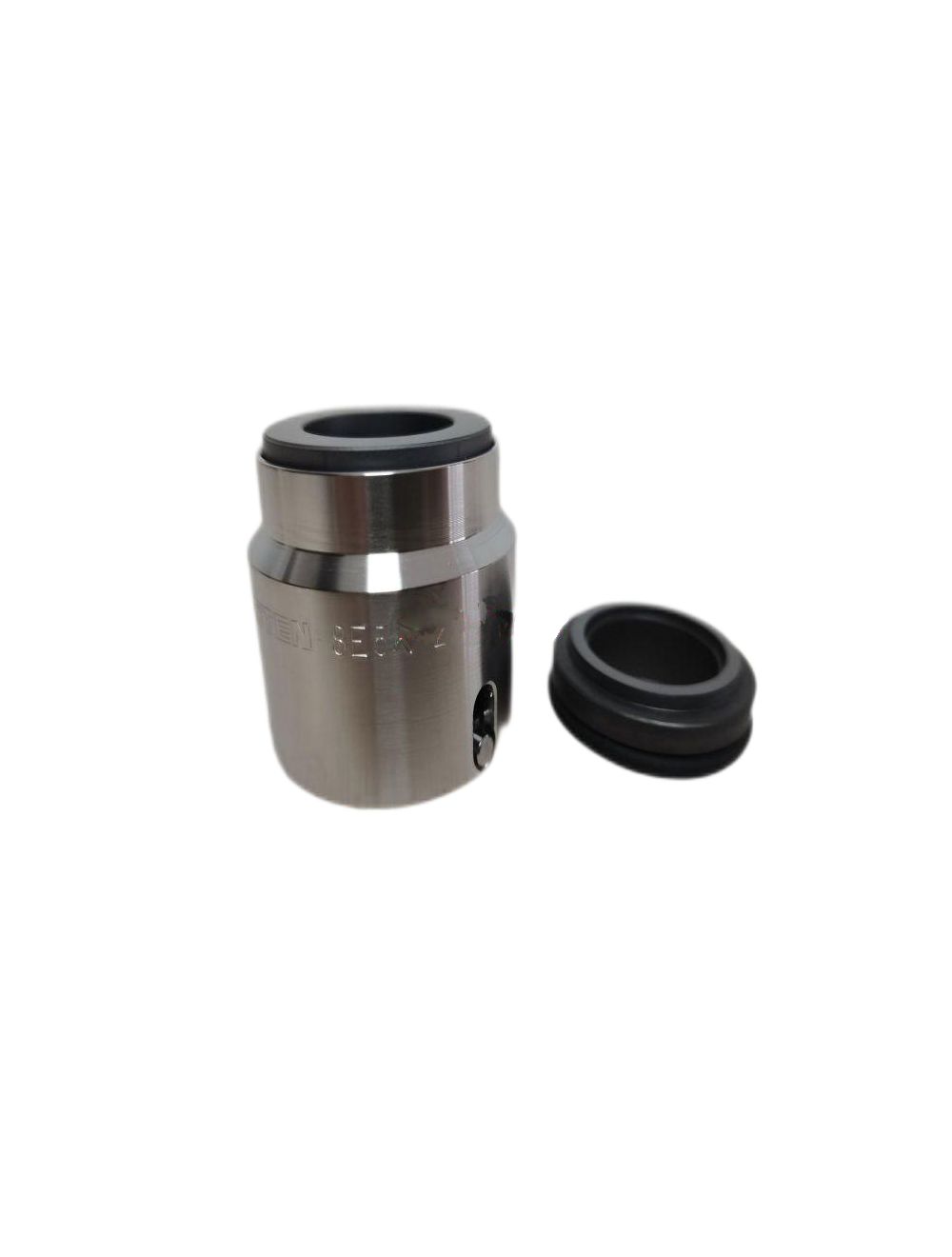
ROTEN Mechanical Seal 8E5K-22-X

Mitsubishi PLC LY41NT1P-CM
